Context
Composting in cities isn't easy for most urban dwellers and even in the greenest cities in the United States, most individuals lack composting options. Due to an overall lack of infrastructure for managing organic waste, most urban residents resort to throwing it in the trash.
Research + Insights
After sending out a survey to individuals in the NYC area I found that about 66% of the participants have at least 2 lbs of food waste per week and 77% of the participants throw their food waste in the garbage. This, along with other research, validates that food is being wasted and the majority of it goes into a landfill.
Participants were also invited to track their food waste in a food waste diary over the span of 2 weeks. This gave me insight into what types of food were wasted and what the reason was for the wasted food (e.g. expired, inedible). This method allowed me to quantify the amount of food waste that could be composted at home.
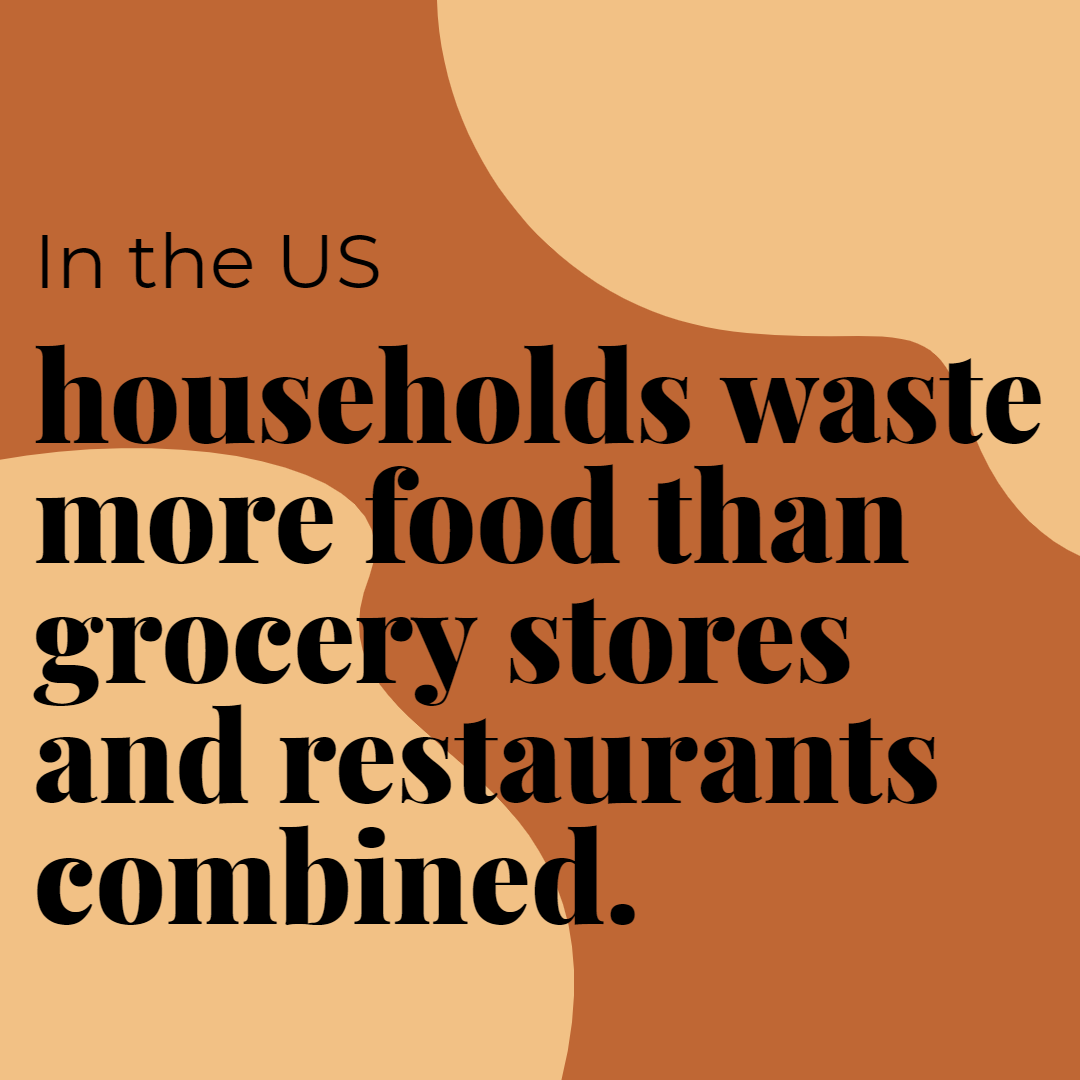
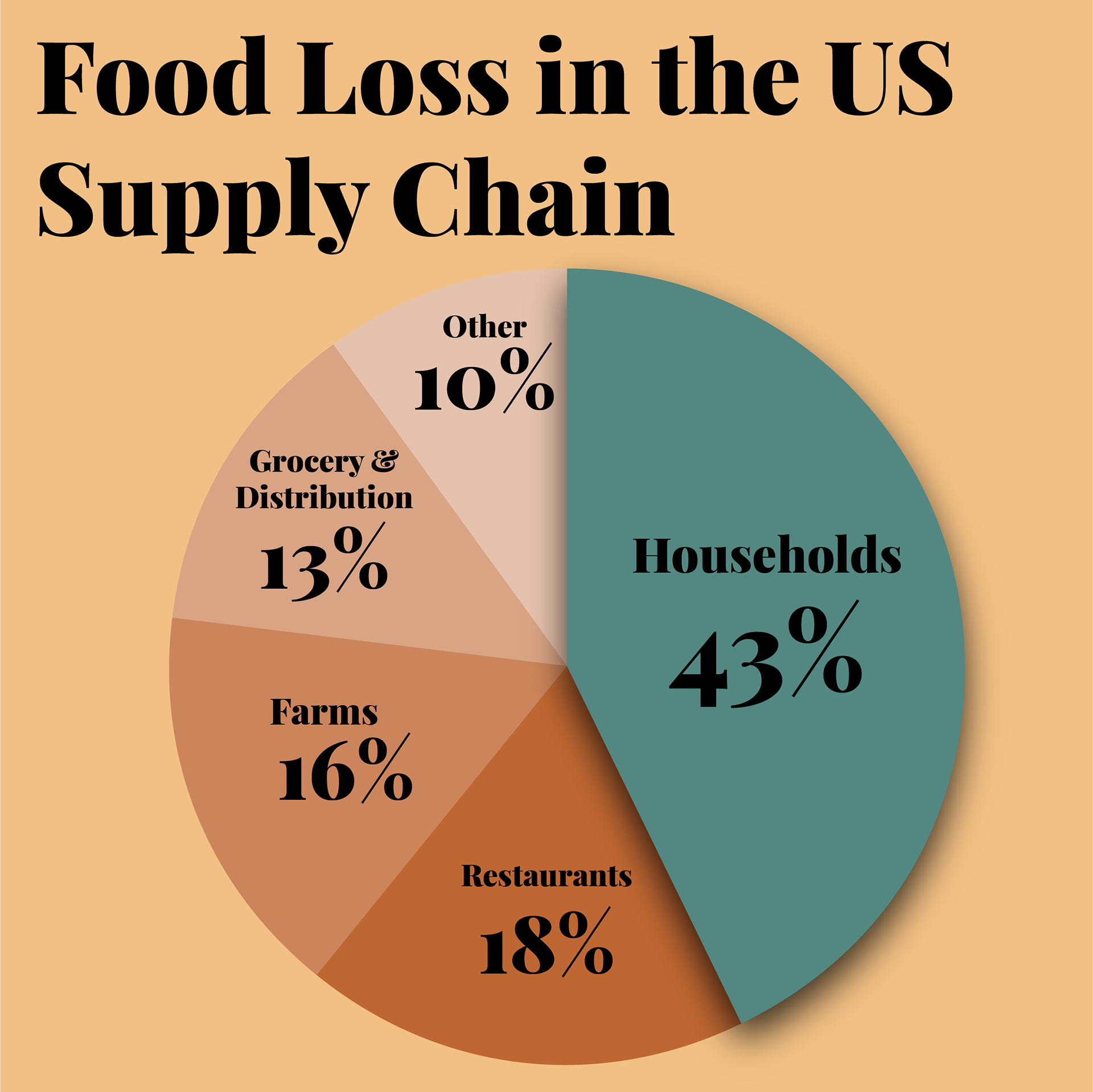

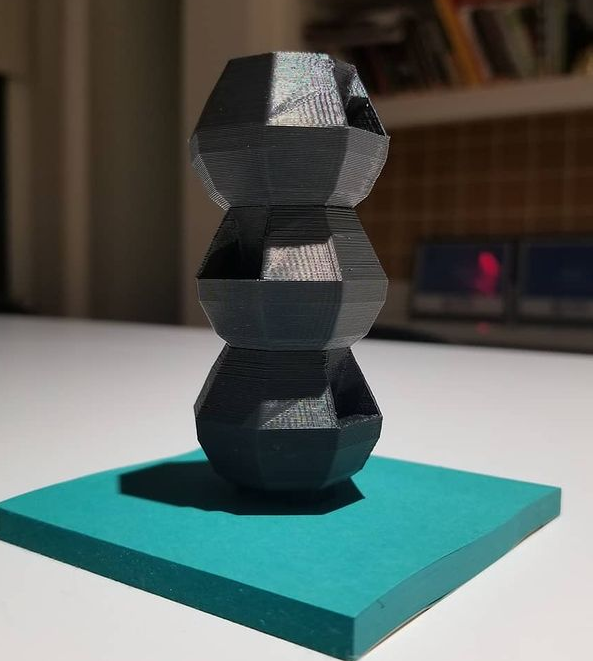
Strategy
Composting at home is not a novel idea, however, it's not practiced in cities mainly due to spatial constraints and lack of preparedness or desire to take on such a task. So the question wasn't only about how to create an urban-friendly composting product but also how to build the support that users would need to feel equipped and confident to start composting themselves.
The Terra Stack is a multi-pronged approach to resolve household food waste management. The product is compact, simple to use, mess-free, and carries direct incentive for the user to want to use it (growing produce effortlessly).
How It Works
Users can get composting in 4 easy steps:
1. Throw food scraps into the pot and cover with brown material (newspaper, eggshells, coco coir, cardboard).
2. Once the pot is full add the next layer pot on top. When the composting worms process the food scraps in the bottom pot they will move up top.
3. Once all of the pots are full remove the bottom pot and empty the worm-free compost. Use it as topsoil on house plants, enhance your garden, or gift it to your friends!
4. When you empty the pot, add it to the top and continue the cycle.
Outcome
While many of the Terra Stacks purchased were for home use there were also many that were used in K-12 classrooms to enhance science lessons and bring a hands-on learning experience to students. Terra Stacks were sold mostly across the United States, but also shipped as far as South Korea. Users have reported a reduction in food waste up to 20% in households.
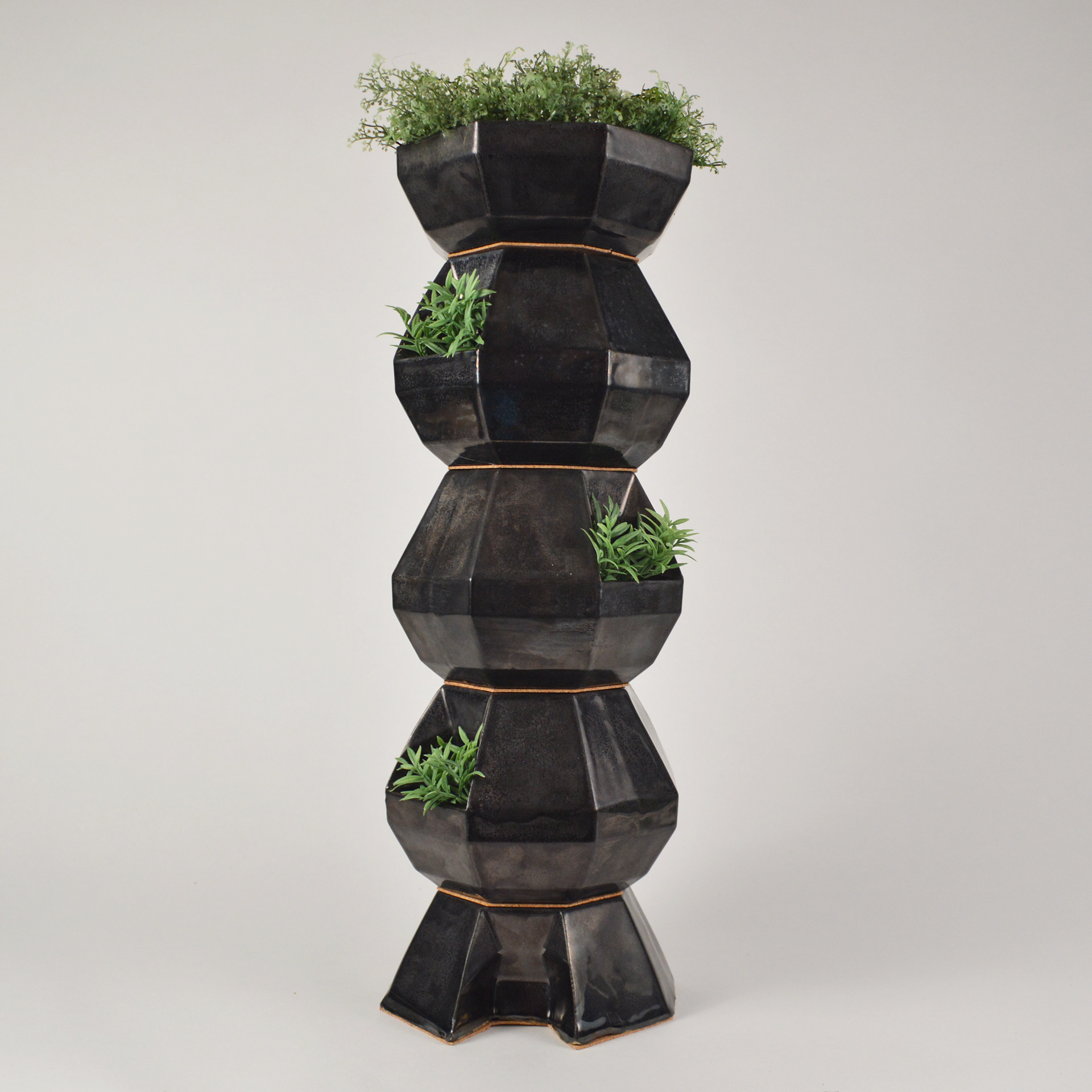
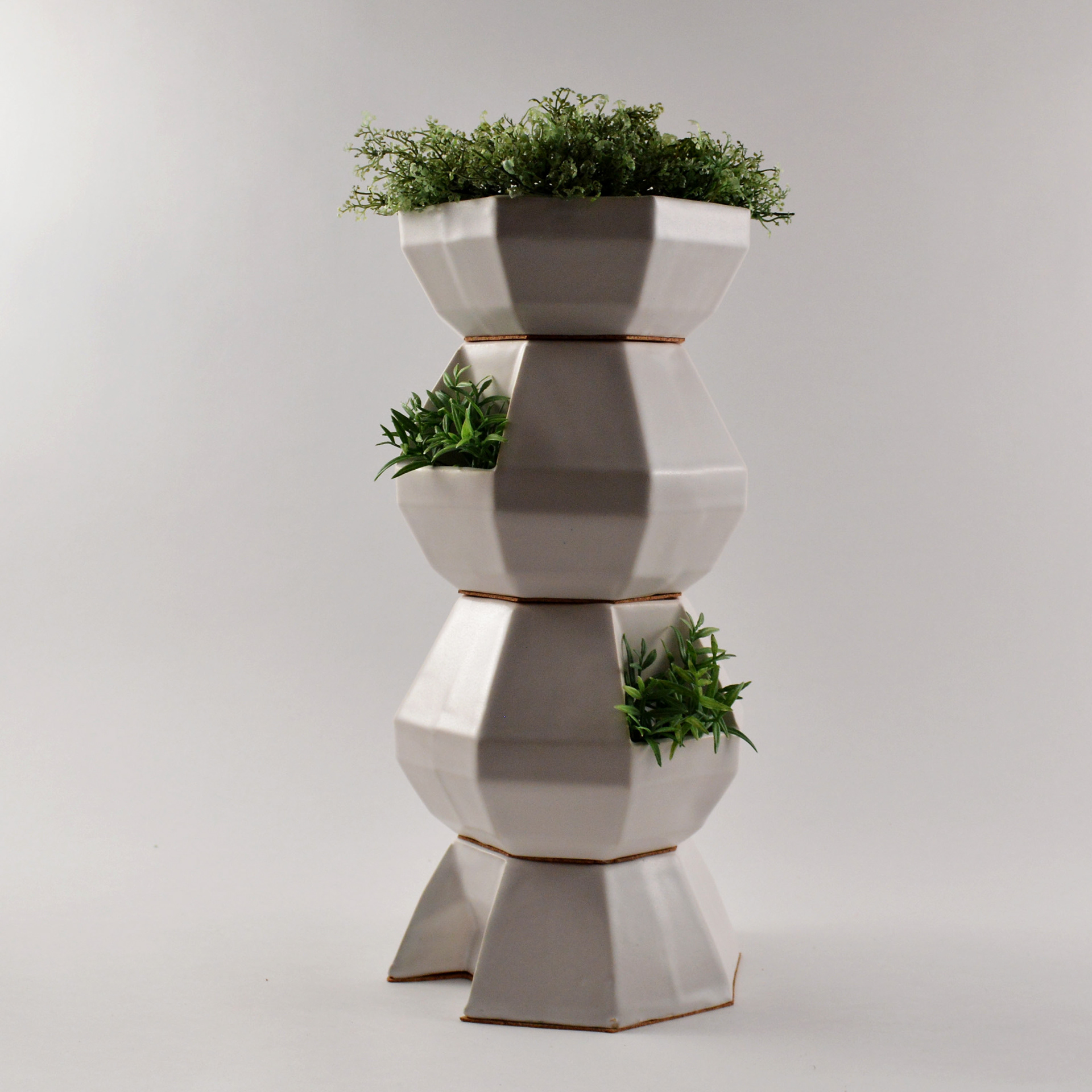
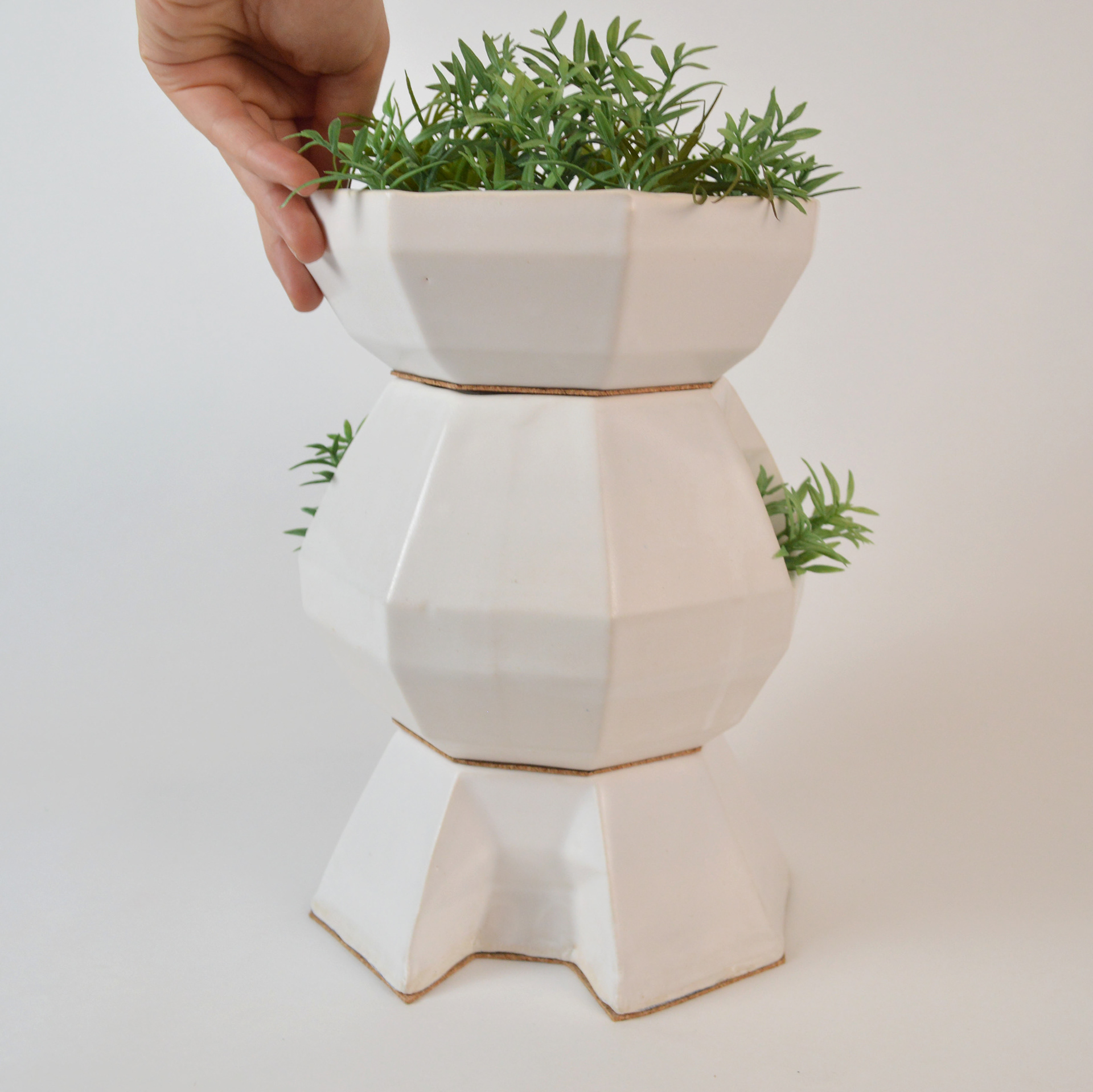
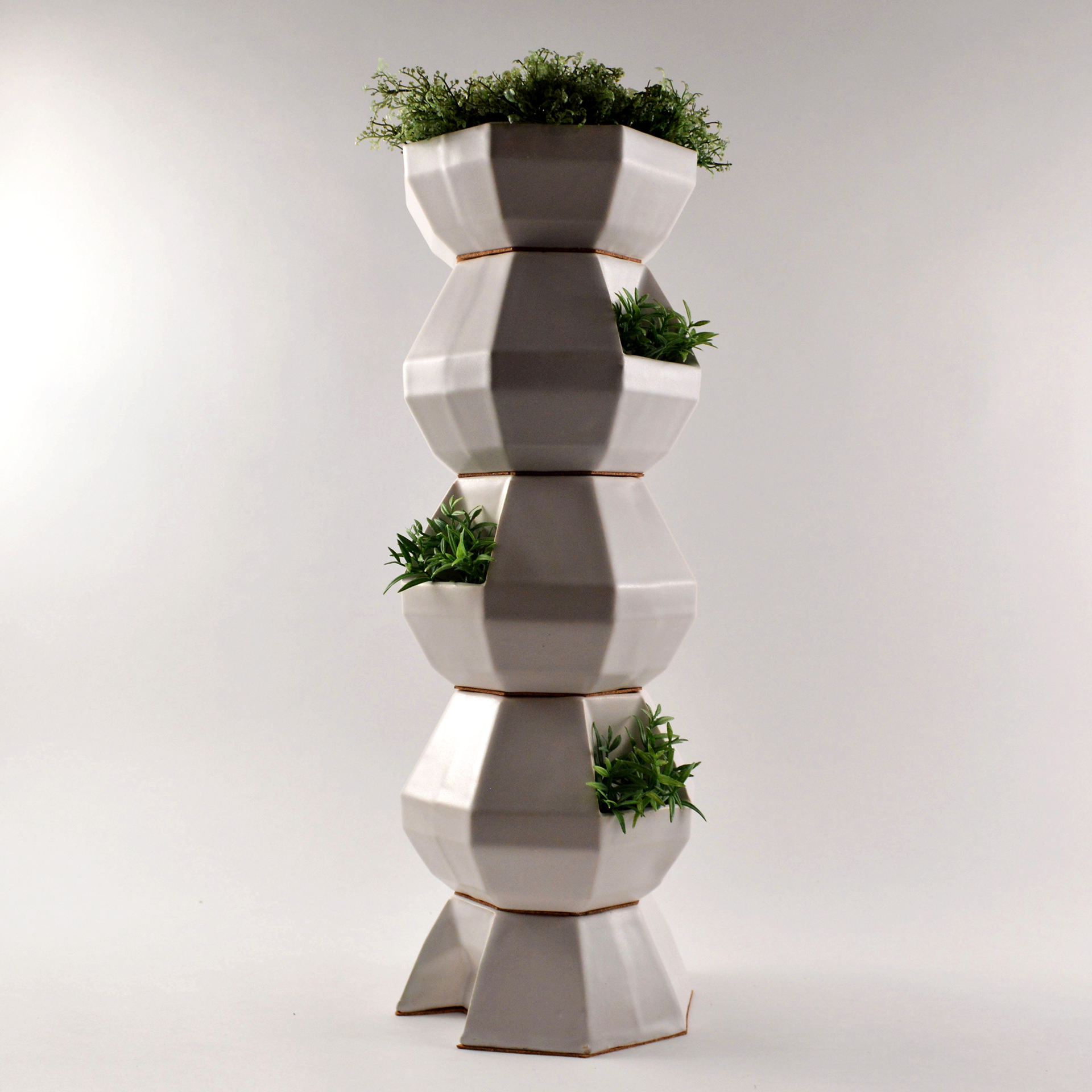
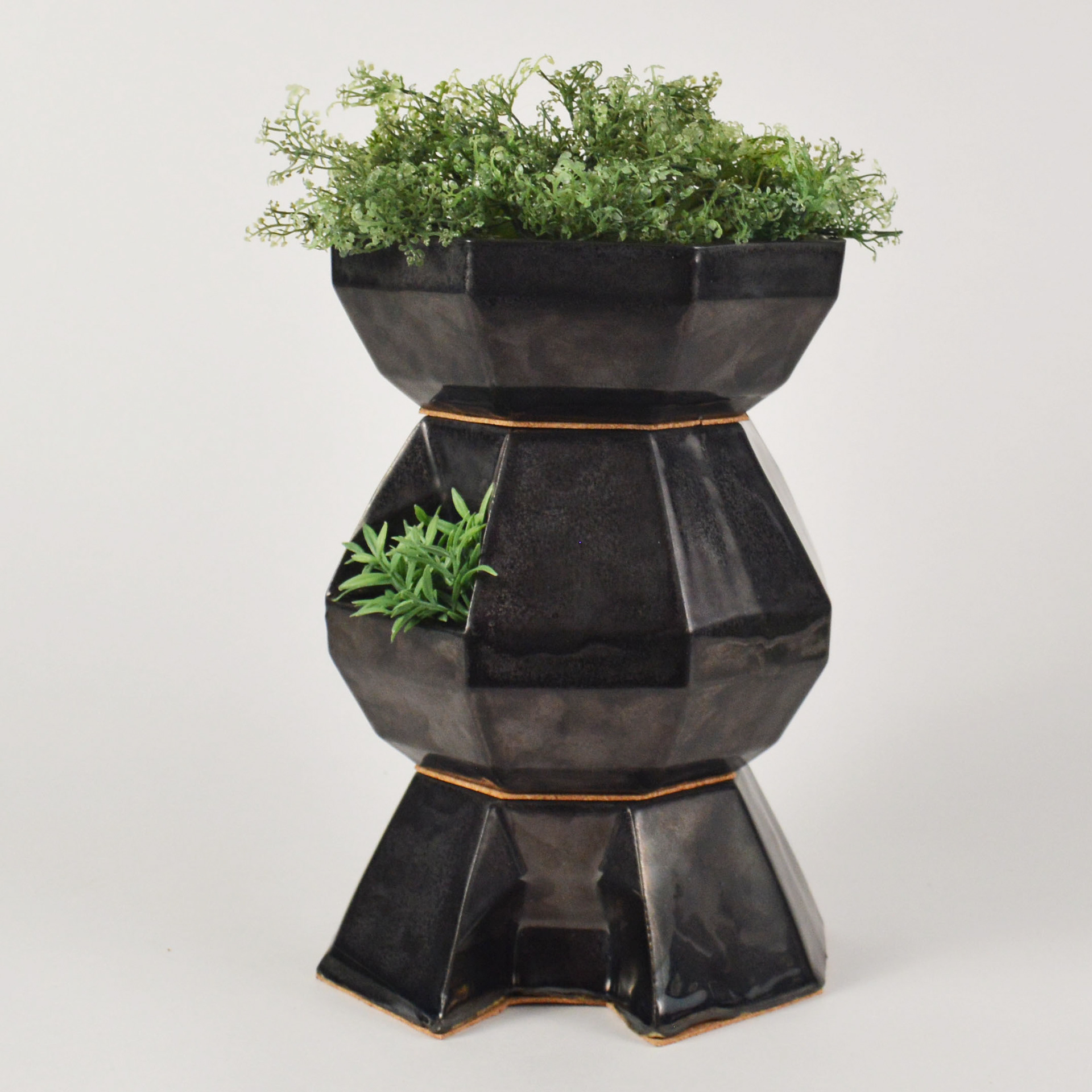
Reflection
Terra Stacks were intended for beginner composters, however, the follow-up interviews revealed challenges in its usability and design. Terra Stacks was successful in reducing food waste, however, its impact was very limited. Although the product has a unique form and aesthetic it sacrificed the product's functionality and usability. There was another challenge related to the lack of knowledge and support around composting. When users had a severe problem (e.g. worms dying) they often stopped using the product.
An unintended but positive outcome of Terra Stacks was its use in classrooms to teach children about composting and sustainability. This has prompted the idea of a future iteration that could be designed for various settings, such as cafes, offices, and restaurants.